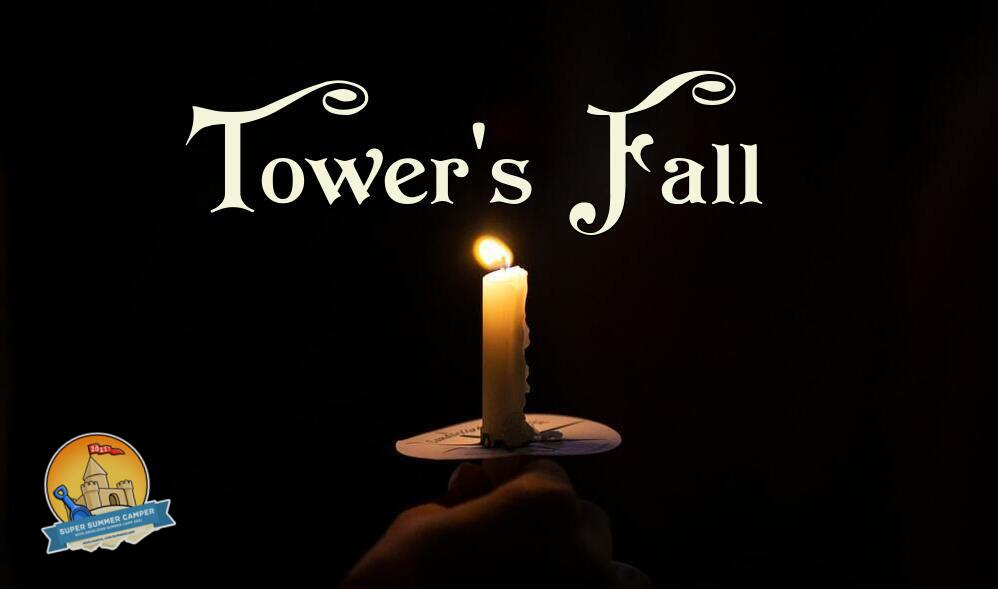Cairnhouse
Purpose / Function
Cairnhouses are places of refuge for the Stone Man's children. Regional variations notwithstanding, any Cairnhouse is expected to be able to provide shelter, food, and basic medical care for travelers or members of the community they serve. The central space of a Cairnhouse can serve as a public gathering space for ceremonies, celebrations, or funerals as necessary.
Originally, Cairns were built to mark the road for travelers, or boundaries of how far had been explored. As settlers expanded, the cairns became methods of marking what would be a good spot for an evening's rest, or perhaps a future settlement. The stacks of stone grew, became hollow, and continued to expand - until a Cairnhouse is now considered the heart of smaller settlements. Community members are free to come and go, and the Cairnhouse is often considered an idle space when it is not housing patients or holding funerals.
The medical aid provided in a Cairnhouse is minor or emergency care. Given Cairnhouses may be approached at any hour, including when conventional apothecaries or physicians have closed their places of business, most crisis calls go instead to the Dedicates of the nearest Cairnhouse. Dedicates are trained in standard injury treatment, and most are capable of setting a bone or stitching a wound. Their care is offered free of charge.
Sensory & Appearance
The interior of a Cairnhouse is very similar to its exterior: stacked stone walls build upwards, some with wooden struts to support the rounded peak. The interior edges are worn smoother, less rough than their external counterparts. The floor is often packed dirt, though some Cairnhouses do have decorative tile or pavestone flooring in the central Cairn.
Garlands may be strung up in the interior to bring a bit of light, particularly around any of the small windows that often ring at least the easternmost side. Heavy cloths or animal skins are kept near them, to be pinned shut for privacy or against the elements as necessary. A larger version of the same is kept near the door, and held in place by heavy stones.
Furnishings are typically simple chairs, tables, or desks, adapted to fit more cleanly into the lines of the Cairnhouse. What one day serves as a writing desk may be a bed for an injured traveler the next, or a convenient place to lay a sheepskin for the day's spinning. Cushions and other comforts are not forbidden - merely non essential for more rural Cairnhouses.
The chittering of the Cairn's Stone Martens is often the first thing a traveler hears when they wake, as the curious creatures inspect the newcomers to their domain. They flit through the rafters and the slim bridges between Cairns, as they once slipped through the stone to follow the Stone Man.
Denizens
Cairnhouses are inhabited and tended to by the Dedicates to the Stone Man - in essence, those who have dedicated their lives to serving the earth and its inhabitants.
Travelers may choose to stay in a Cairnhouse, and are welcome to spend several days before undertaking the next leg of their journey. Permanent residence in a Cairnhouse is restricted to the Dedicates, however, and while there are no hard and fast rules to hold visitors to, eventually they will be asked to continue on. This serves to both keep the space available for other travelers, and to avoid straining the supplies of any given Cairnhouse.
Longer term residents are occasionally allowed, however, such as orphans or those fleeing unsafe homes. Individuals recovering from addiction are also offered shelter.
Architecture
As per their namesake, Cairnhouses are constructed of stacked stone. Every Cairnhouse consists of at least one structure, though more may be added depending on how frequented the location is or the size of the population it serves.
Rather than complexes or several connected rooms, Cairnhouse rooms are typically entirely separate from each other with the exception of thin 'bridges' near their peaks, constructed of either wood or more stone. The primary structure, normally the tallest of the Cairns, is the heart of the Cairnhouse, and typically the most open. This space serves as the main gathering space, and where travelers will stay if there are not other accommodations prepared. In lieu of any of the following rooms, this central Cairn serves their purpose.
Other buildings are arranged in a loose half-circle behind the main Cairn. Each building is a smaller, circular hut of stacked stone, sometimes built partially into the ground or elevated. One smaller Cairn may be used for any of the following purposes:
- Dedicate Housing - The private quarters of those who live and tend to the Cairnhouses. Several will often share a single Cairn.
- Traveler Housing - Private spaces for travelers to rest; simple living spaces shared amongst any who are resting at the Cairnhouse.
- Storerooms - Given Cairnhouses are often the recipients of donations of various supplies, one Cairn will often be designated as a store room.
- Healer's Cairn - In rare cases, a Cairnhouse may be large enough to justify having a separate Cairn for those who seek medical aid or need to stay for longer periods of recuperation.
- Pyre Cairn - While not actually where a pyre is constructed, a Cairn for preparing the body for their pyre, or stockpiling the necessary kindling.
- Marten Housing - Many Cairnhouses keep or train Stone Martens for either internal use or for nobility. This Cairn holds their necessities or specialized equipment for training.
Type
Temple / Religious complex
Owner
Remove these ads. Join the Worldbuilders Guild



Comments